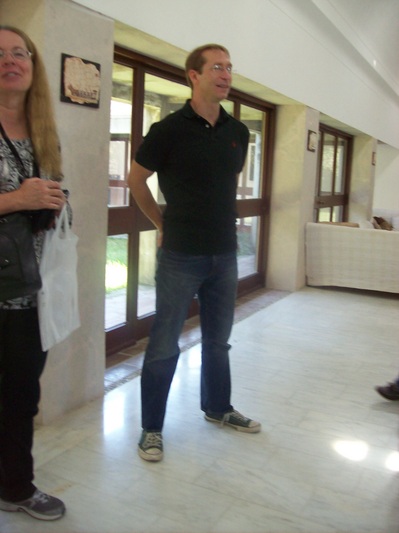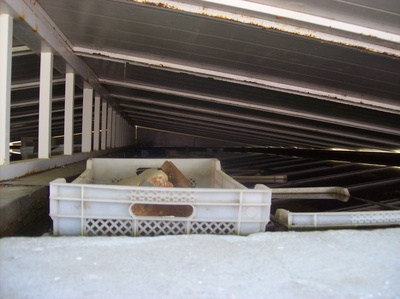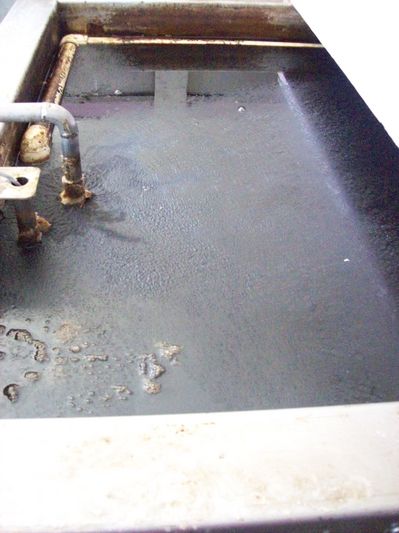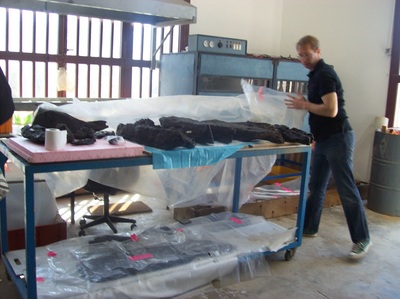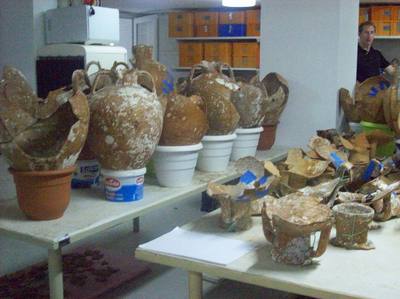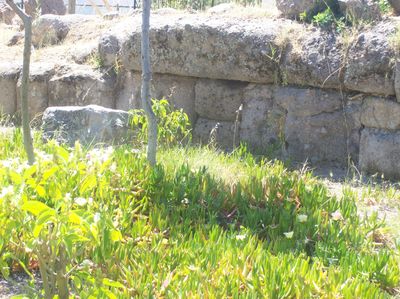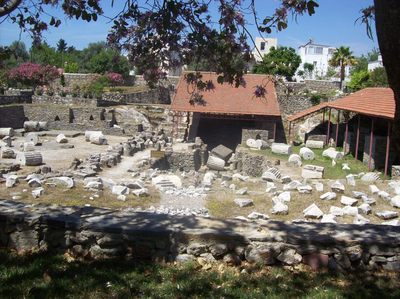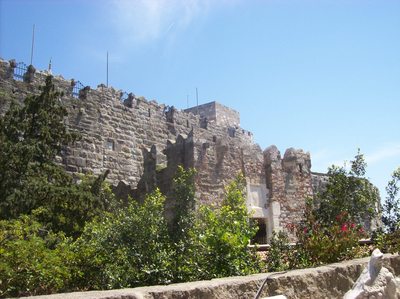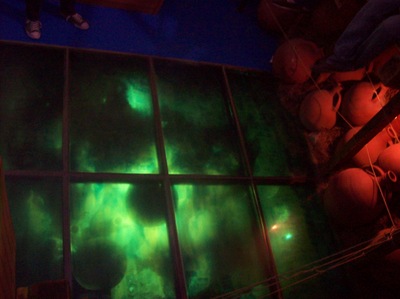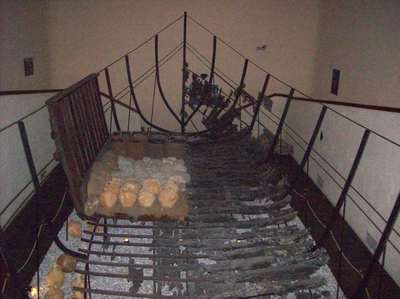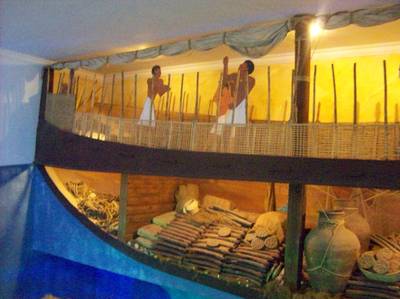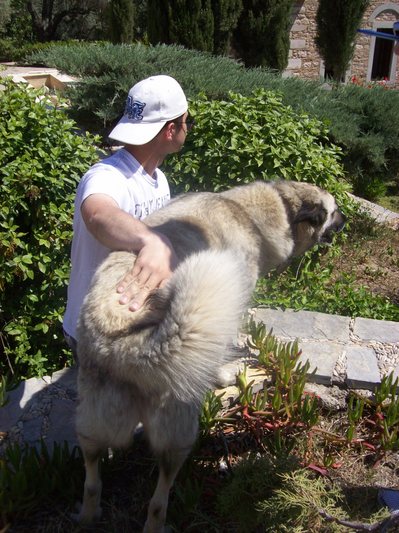This is one of my favorite days in Turkey…. Enjoy!!!!
The Institute of Nautical Archaeology is where they stabilize, desalinate, and research archaeological finds in the seas around Turkey. In the conservation labs, cardboard-like wood can come back solid after desalinization and a soak in the polyethanol glycose baths. Dr. Harpster showed us around here and the Bodrum Castle as well as having dinner with us, and I got his email so that he could recommend me for an internship here next summer. (:0)
Rebecca and Mike (2 Ph.D candidates) are working on shipwrecks from the Yenicapi site we almost saw in Istanbul as their dissertations. They were from the 6th and 10th Centuries B.C.E. The two of them were drafting their pieces and looking for clues as to how they were put together and formed. It was really neat, and they said that drafting is something to be learned and practiced — a good thing since I am not much of an artist.
In Edith’s pottery room they rebuild amphoras, and in the metal lab they take casts of old metal tools and such to make life-like models.
The Wall of Halicarnasas runs right next to it and through the Myndos Gate, whose arch is no longer on the gate.
The mausoleum was once the tomb of Mosolos, son of Hecatomas. His tomb used 2 marbles and many depictions of gods and himself all over it before this Ancient Wonder of the World was destroyed by Crusaders. Kameron, one of my fellow ArchSci majors, presented at this site and did a great job.
Brits and Danes excavated here. Bodrum Castle houses the Museum of Underwater Archaeology, where we saw a 7th Century AD, 10th Century AD, and a Bronze age ship. The castle was build by the crusaders out of the mausoleum and is the center of Bodrum. Amphoras became more stylized as years went on. The first shipwreck helped work out preservation techniques; the second showed trade connections between Islam and Turkey; and the third has the largest collection of oxhide ingots in the world.
Location: Bodrum, Turkey


